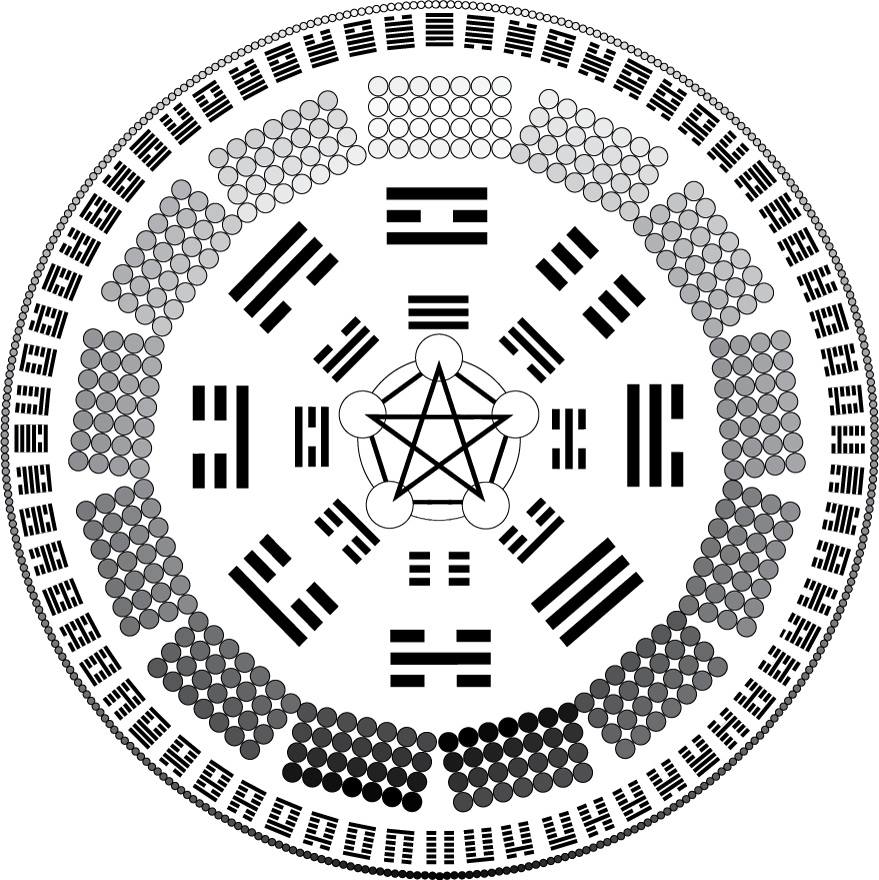My work in the Yi Fa Society, and my spiritual teaching in general, depends on the support of dedicated students. As many of you may know, I don't really monetize my teaching in a particularly business-like fashion and am certainly not making "big bucks" (or planning to do so) from my teaching. But a teacher doesn't live on air, and for the work to continue basic necessities must be provided for.
In the Yi Fa Society, as with most schools of this type in tradition, it is expected that students will help the teacher with his upkeep; it could have been possible to charge some kind of flat rate for the Yi Fa work, but instead (after consulting the I Ching) the decision was made to approach this in the fashion more traditional to Qi Gong and Alchemy schools in history: that is, to leave it up to each student to decide how much they can help.
As such, students who plan to work on the Yi Fa Society program and to move on to the higher levels where there will be much more instruction and development to come, are asked to send a monthly donation to assist in this.
Some people have asked just how much of a donation is required for the Yi Fa Society.
Membership in the Yi Fa Society depends on a monthly donation; but the amount paid depends on the income of the student. You give what you feel is possible, and based on how much you value the teaching. This is in following with old Qi Gong traditions, where students helped their teacher but each paid a percentage of their income.
Membership in the Yi Fa Society depends on a monthly donation; but the amount paid depends on the income of the student. You give what you feel is possible, and based on how much you value the teaching. This is in following with old Qi Gong traditions, where students helped their teacher but each paid a percentage of their income.
What do students of the Yi Fa Society get in exchange for this? They receive access a private group for discussion of the work, where they can ask questions or share their experiences, with all the other students. This group also contains documents, teachings, instructions, advice and videos that are not publicly available. This includes video material providing additional details and training in the Yi Fa Qi Gong exercises and additional information and commentary on the secrets of the I Ching.
You likewise have the opportunity to converse privately over e-mail and possibly video chat for instruction that is more personal.
And of course, when a student has completed the necessary prerequisites of study and practice, they can proceed through the rest of the 8 levels of Yi Fa training, with additional exercises and work at each level.
Finally, it is worth remembering that this isn't just for the teaching you get here in this group or in private emails with me, it is a way to ensure I can continue to offer ALL the teaching I offer to people.
If you are interested in participating in the Yi Fa Society, please feel free to contact me!




